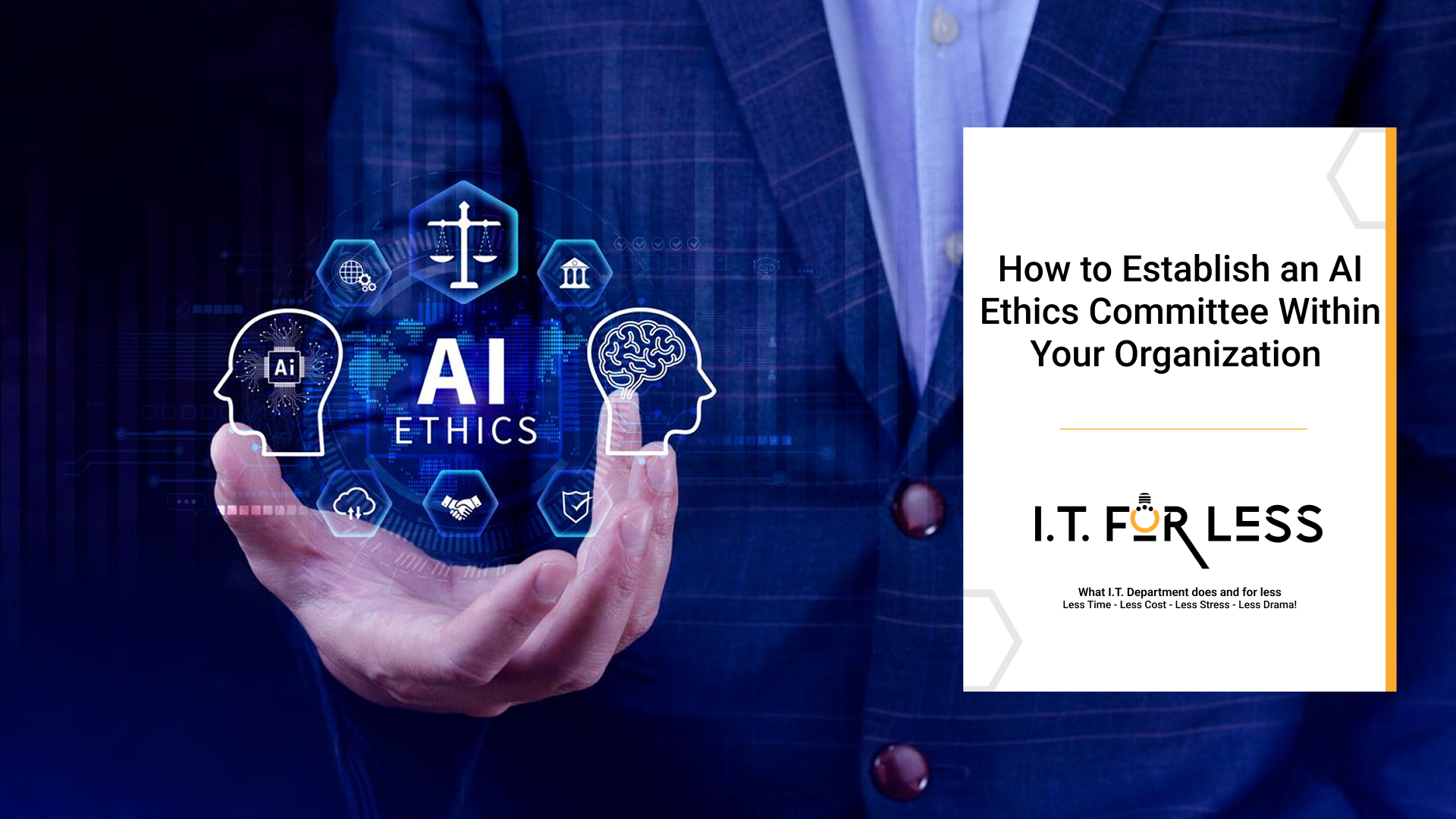As artificial intelligence becomes more deeply embedded in business operations, ethical oversight is no longer optional — it’s essential. To address this, it is crucial to know how to establish an AI ethics committee within your organization. AI systems influence hiring decisions, credit scoring, medical diagnostics, and even public safety. Yet without clear governance, organizations risk bias, privacy violations, and reputational harm.
Establishing an AI Ethics Committee helps ensure that AI initiatives align with company values, comply with emerging regulations, and maintain public trust. Here’s how to build one that actually works.
Define the Purpose and Scope
Start by identifying what the committee is meant to achieve. Its purpose should go beyond compliance — it should guide responsible innovation. Clearly define whether the committee will review new AI projects, oversee risk management, ensure ethical data use, or develop company-wide AI principles.
This scope should be tied to your organization’s strategic goals, helping balance innovation with accountability. When the purpose is well-defined, the committee can make meaningful, consistent decisions rather than reacting to issues as they arise.
Build a Diverse, Cross-Functional Team
An effective AI Ethics Committee requires multiple perspectives. Include representatives from IT, data science, legal, HR, operations, marketing, and executive leadership — and where possible, invite external advisors or ethics specialists.
Diversity of expertise and background prevents narrow thinking and ensures a holistic understanding of how AI impacts both technology and people. The committee’s strength lies in its ability to see beyond algorithms, addressing cultural, social, and business implications of AI use.
Create Clear Governance and Decision Frameworks
The committee should operate with defined roles, processes, and accountability mechanisms. Establish guidelines that define how to conduct ethical reviews, document decisions, and escalate issues.
Implement an evaluation framework to assess projects on fairness, transparency, data privacy, and potential harm. For example, a scoring or tiered risk system can help determine which AI initiatives require full ethical review versus light-touch oversight. Transparency in process builds confidence across teams and stakeholders.
Integrate Ethics Into the AI Development Lifecycle
AI ethics must be treated as a core priority, not an afterthought. The committee should work closely with data and development teams to integrate ethical checkpoints throughout the lifecycle — from data sourcing and model training to deployment and post-launch monitoring.
Embedding ethical review early helps identify potential issues before they reach production, reducing both reputational and regulatory risk. Regular feedback loops between technical teams and the committee also foster a culture of responsible innovation.
Educate and Empower the Workforce
ChatGPT said:
An ethics committee achieves the greatest impact when everyone across the organization understands its principles.. Offer training programs that help employees recognize ethical risks, understand data governance, and make responsible decisions in their roles.
Promote open dialogue — encourage employees to raise concerns or report potential issues without fear of reprisal. Ethical awareness should feel like a shared responsibility, not a compliance task handed down from leadership.
Measure Impact and Continuously Improve
AI ethics isn’t static. As technologies evolve and new regulations emerge, committees should regularly review their effectiveness. Evaluate the outcomes of ethical reviews, monitor incidents, and gather feedback to refine processes.
Ongoing improvement ensures that the committee remains relevant, proactive, and capable of addressing new challenges like generative AI misuse, model transparency, or data sovereignty.
Why It Matters
An AI Ethics Committee signals that your organization is serious about responsible innovation. It builds trust with customers, employees, and regulators — and positions your company as a leader in ethical AI adoption.
By formalizing ethical governance, you’re not just protecting against risks; you’re creating the foundation for sustainable, human-centered AI growth.
Start Building Ethical AI Today
Partner with I.T. For Less and take the first step toward establishing a responsible AI framework that keeps your IT flowing as effortlessly as your ambition — transparent, accountable, and built for the future.
